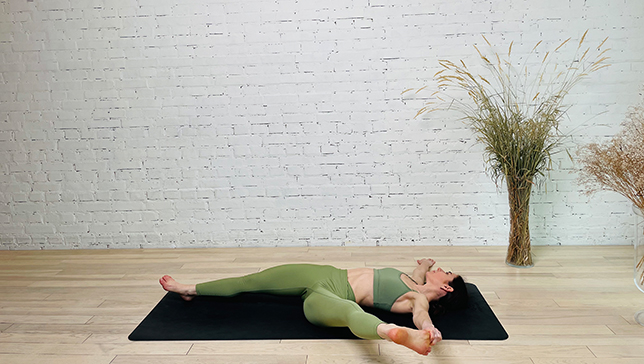
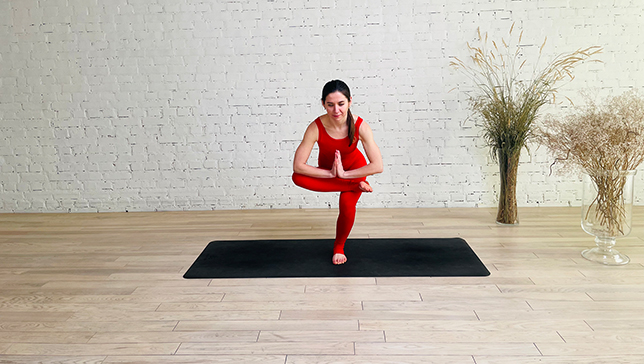
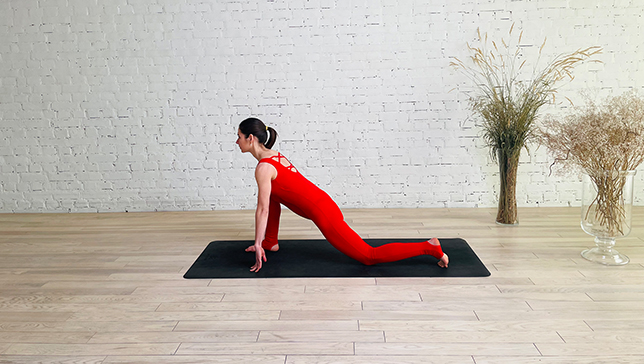


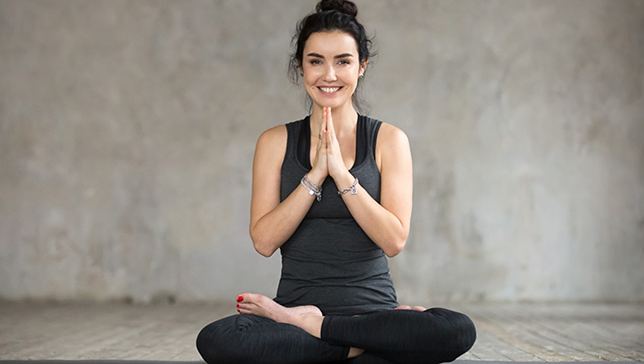
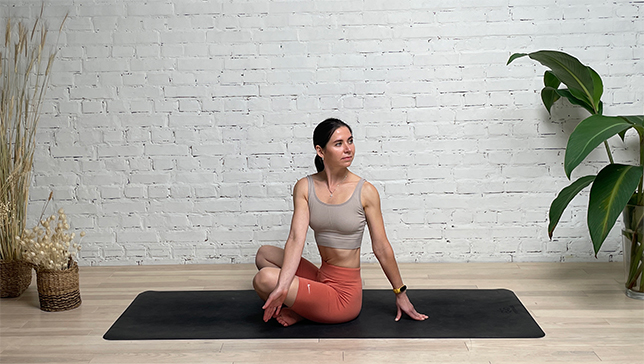
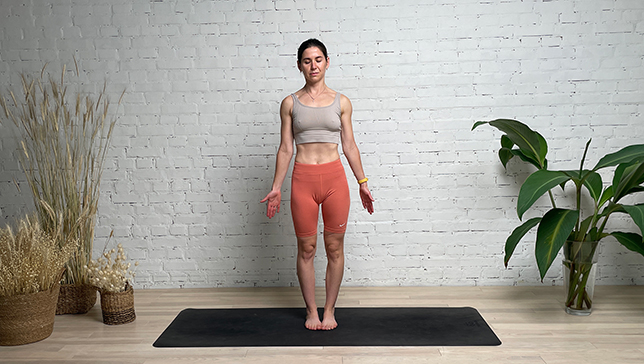
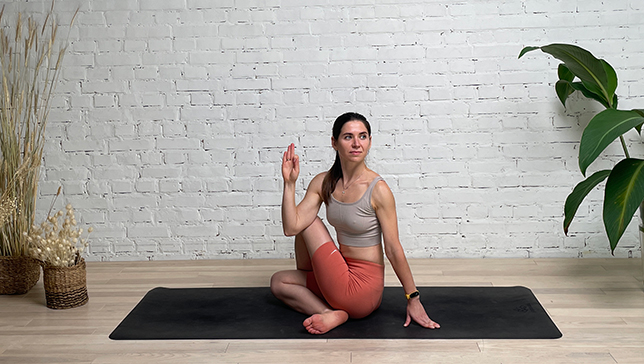
We use cookies to help you navigate efficiently and perform certain functions. You will find detailed information about all cookies under each consent category below.
The cookies that are categorized as "Necessary" are stored on your browser as they are essential for enabling the basic functionalities of the site. ...
Necessary cookies are required to enable the basic features of this site, such as providing secure log-in or adjusting your consent preferences. These cookies do not store any personally identifiable data.
Functional cookies help perform certain functionalities like sharing the content of the website on social media platforms, collecting feedback, and other third-party features.
Analytical cookies are used to understand how visitors interact with the website. These cookies help provide information on metrics such as the number of visitors, bounce rate, traffic source, etc.
Performance cookies are used to understand and analyze the key performance indexes of the website which helps in delivering a better user experience for the visitors.
Advertisement cookies are used to provide visitors with customized advertisements based on the pages you visited previously and to analyze the effectiveness of the ad campaigns.
Sciatica is a condition characterized by pain that radiates along the path of the sciatic nerve, which runs from the lower back through the hips, buttocks, and down each leg. Yoga can be beneficial for managing sciatica by stretching and strengthening the muscles around the sciatic nerve. However, it's crucial to approach these poses with caution and avoid any movements that aggravate your pain.









Yoga poses for sciatica typically focus on stretching and strengthening the muscles around the sciatic nerve to alleviate pain and discomfort. Here are some types of yoga poses that can be beneficial for individuals with sciatica:
It’s important to remember that each individual’s condition is unique, and what works for one person may not work for another. If you have sciatica, it’s crucial to practice yoga mindfully and avoid any poses that cause pain or discomfort. It’s advisable to consult a healthcare professional or a qualified yoga instructor experienced in working with individuals with sciatica to get personalized guidance and modifications for your practice.
Improved Flexibility: Helps release tension and tightness in the sciatic nerve area.
Strengthened Muscles: Builds core and lower back strength, supporting the spine.
Better Posture: Promotes proper alignment, reducing strain on the sciatic nerve.
Reduced Inflammation: Encourages blood flow, aiding in inflammation reduction.
Stress Relief: Yoga's relaxation techniques can alleviate stress-related sciatica.
Avoid poses that worsen acute sciatic pain.
Nerve Compression: Avoid overstretching or compressing the nerve.